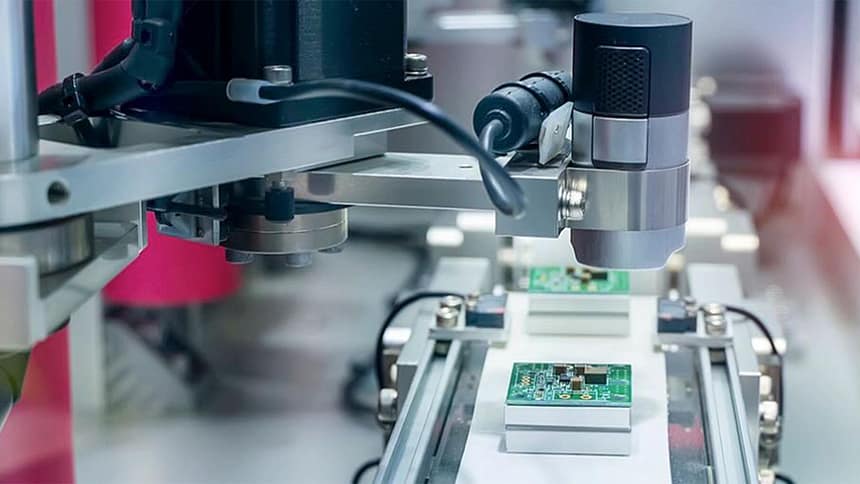SiCarrier was previously reported to have a trade link with Huawei, with the Chinese firm said to be developing next-generation chip manufacturing tools that would allow it and the region to compete with ASML and severely reduce dependency on overseas firms. Unfortunately, realizing these goals is going to be a costly venture, and even with financial backing from China, it appears that SiCarrier’s plans cannot reach fruition without some funding to catalyze its plans, which is why the company is said to acquire capital of a whopping $2.8 billion to make this possible.
The funds will be used for research purposes, with various entities interested in investing in SiCarrier
During SEMICON, SiCarrier unveiled a host of cutting-edge chipmaking machines aimed at breaking ASML’s monopoly and giving China the edge in this highly competitive industry. Unfortunately, Reuters reports that most of the products showcased by the Huawei partner have yet to enter production, and the lack of funds could be a major indicator. This is likely why the company is apparently looking to raise capital, with sources familiar with the matter claiming that SiCarrier wants $2.8 billion, with the firm valued at $11 billion..
The fundraising could conclude in a few weeks, with multiple entities such as domestic venture capital companies interested in investing in SiCarrier. Interestingly enough, the report mentions that the required funding did not include the chipmaker’s lithography assets, but there is a possibility that interested parties will want a piece of this pie. After all, the entire goal for China, and by extension, Huawei, is to stop relying on the older DUV equipment and focus on building ‘state of the art’ EUV machinery so that a host of companies can move past the 7nm barrier.
Currently, China’s largest semiconductor manufacturing company, SMIC, is limited to mass manufacturing 7nm wafers because transitioning to the 5nm technology requires multiple patterning steps, which increases costs and lowers yields. SMIC was previously mentioned to have successfully developed its 5nm node, but plans to mass producing wafers on this lithography is still a distant dream. China was also said to be developing in-house EUV machines that would enter trial production in Q3 2025, but there are no follow-ups regarding these plans, which only means that the majority of China’s ambitions could rest on SiCarrier’s shoulders.
News Source: Reuters






